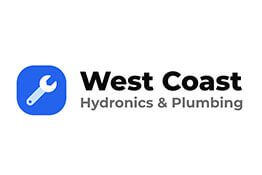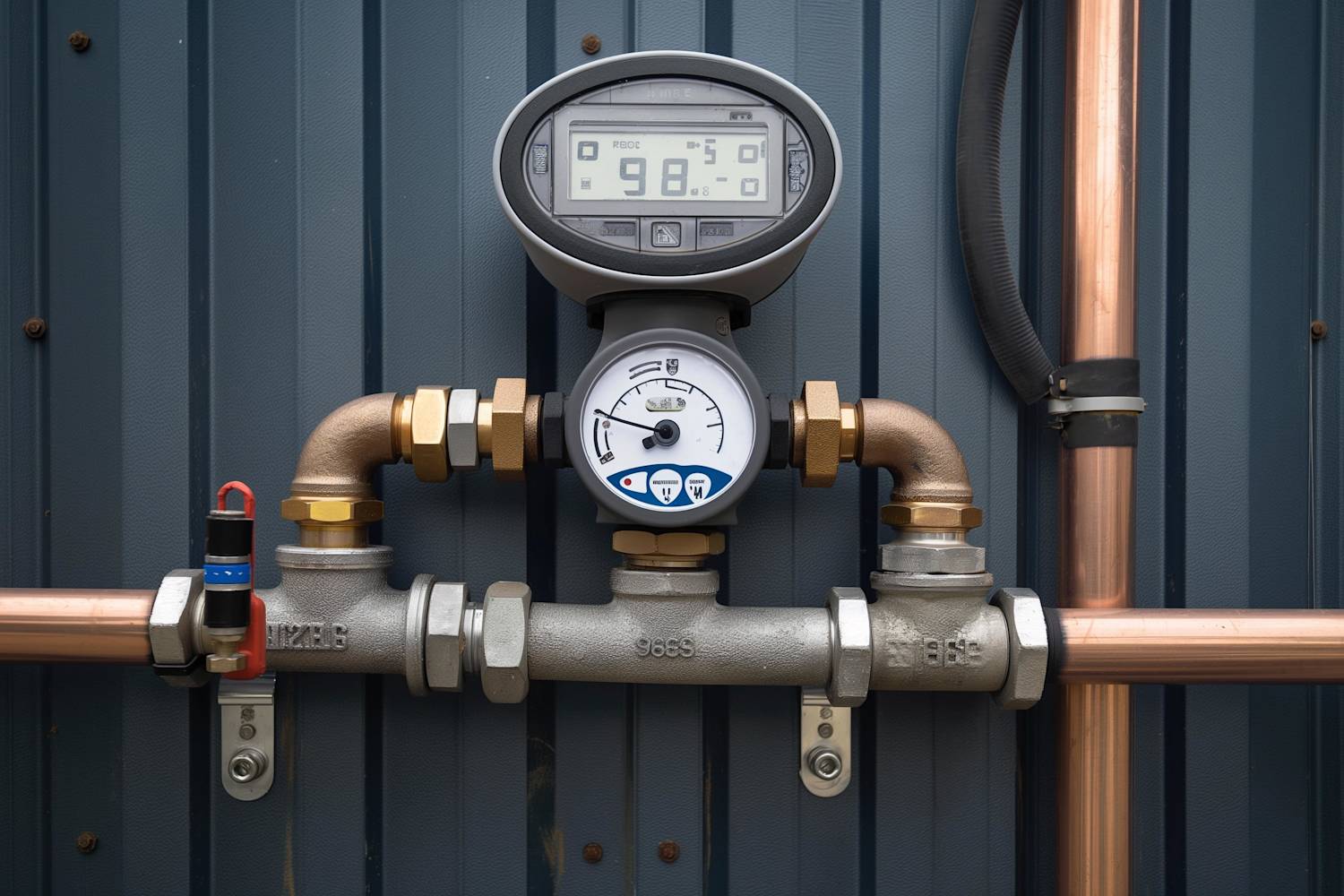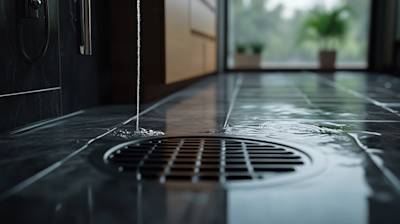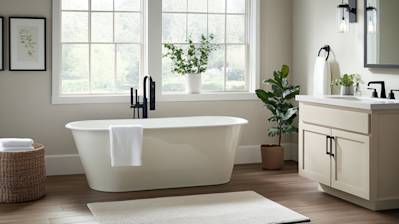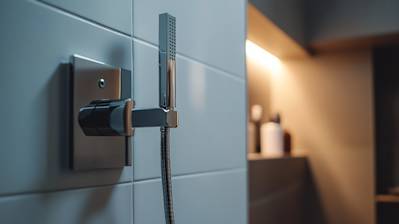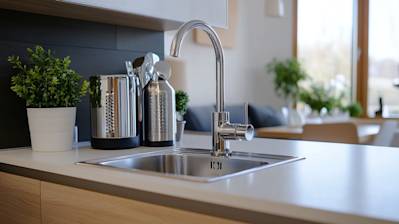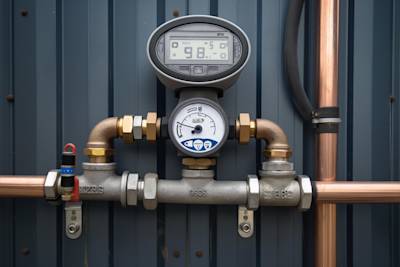If you're tired of waiting for hot water every time you turn on the faucet or shower, you're not alone. Their solution? A hot water recirculating pump. This device can save you time, reduce water wastage, and decrease your utility bill.
Understanding the Concept of a Hot Water Recirculating Pump
A hot water recirculating pump provides a consistent supply of hot water to your faucets and appliances. Unlike traditional hot water delivery systems that let water sit in the pipes and turn cold, a recirculating pump keeps the water moving, thus maintaining its temperature. Even better, these systems are compatible with most existing plumbing setups and don't require a significant overhaul to install.
Types of Hot Water Recirculating Pumps
Hot water recirculating pumps come in varying types, each serving a distinct purpose. Recognizing these differences helps you select the most suitable option for your home.
Full Recirculating Pump Systems
Replete with a dedicated return line, full recirculating pump systems are commonly seen in newer constructions or larger homes. Here, the hot water circulates throughout the loop, reducing the wait time for hot water.
Integrated Recirculating Pump Systems
Integrated recirculating pumps, alternatively, utilize the cold water line as the return path to the water heater. Ideal for older homes or structures lacking a dedicated return line, these systems successfully route water back without requiring significant re-plumbing.
Key Components of a Hot Water Recirculating Pump
Although models vary, most hot water recirculating pumps share a few key components.
-
A Timer: Attached to the pump, the timer allows you to control when the pump circulates the hot water. This feature can lead to considerable energy savings, particularly if you follow a regular schedule.
-
Thermostatically Controlled Valve: Installed at the furthest point from the water heater, this valve opens and closes based on the water temperature, ensuring optimal energy efficiency.
-
Check Valve: This device prevents the hot water from entering the cold-water line, therewith maintains the water's intended temperature.
How to Install a Hot Water Recirculating Pump
Depending on the specific type, the installation of a hot water recirculating pump can be a straightforward process.
Full Recirculating Pump System Installation
A full recirculating pump system, considering its additional plumbing network, may require professional help for installation. It necessitates routing a dedicated line from the furthest plumbing fixture back to the water heater.
Integrated Recirculating Pump System Installation
These pump systems, on the other side, can usually be installed on your own with a basic understanding of plumbing. The recirculating pump is positioned at the water heater and connected to the water lines. The thermostatic valve goes to the fixture furthest from the water heater.
The Role of a Hot Water Recirculating Pump in Water and Energy Conservation
One significant advantage of using a hot water recirculating pump is its potential for water and energy conservation. As the pump eliminates the need for cold water to drain before hot water arrives, it reduces water wastage. It also lowers the energy consumption by maintaining the hot water temperature, thereby contributing to a sustainable living environment.
Cost-Benefit Analysis of a Hot Water Recirculating Pump
Although the initial cost of a hot water recirculating pump can be substantial, the long-term benefits make it a worthwhile investment. The reduced water and energy usage can lead to a decrease in utility bills, helping you recover the installation cost over time. Moreover, the immediate access to hot water provides a level of convenience that cannot be quantified.
A hot water recirculating pump can be an asset to your home. It promises instant hot water, cuts down on wasted water, and promotes energy efficiency. Despite the upfront expense, its benefits hold significant long-term value, making it a savvy investment for homeowners seeking practical and eco-friendly solutions.
Frequently Asked Questions about Hot Water Recirculating Pump
How does a hot water recirculating pump work?
Hot water recirculating pumps operate by pumping the hot water in your system into the cold water line. This is achieved when the pump is connected to the hot and cold water lines in the plumbing system. It ensures constant hot water availability by recirculating water back to the water heater to be reheated, hence reducing the waiting time for hot water.
What are the benefits of a hot water recirculating pump?
Installing a hot water recirculating pump can offer several benefits. It reduces the time taken for hot water to reach your faucet, hence conserving water as you do not have to leave the tap running while waiting for the water to heat up. It also provides convenience as it delivers instant hot water, enabling you to use hot water appliances promptly. This can lead to sustainable water and energy consumption and lower utility bills.
Are hot water recirculating pumps energy-efficient?
Hot water recirculating pumps are reasonably energy-efficient, particularly those with a built-in timer or thermostat. These types of pumps only operate when your hot water demand peaks, such as early mornings and evenings, which can significantly save energy. Although they consume energy to run the pump, the saved water and time can make up for the energy used, rendering them an efficient choice.
How difficult is it to install a hot water recirculating pump?
The difficulty of installing a hot water recirculating pump depends on the type of pump and your plumbing system configuration. Traditional pumps, installed on the water heater, often need dedicated return lines, which might require professional plumbing expertise. On the other hand, over-the-bridge pumps, which use your existing cold and hot water lines, are typically less complicated and may be an easier DIY project.
What is the lifespan of a hot water recirculating pump?
On average, a hot water recirculating pump can operate effectively for about 15 years. However, this lifespan depends on multiple factors, such as the quality of the pump, frequency of usage, and how well it is maintained. Regular inspection and timely repairs can help extend the pump’s life.
Does a hot water recirculating pump require regular maintenance?
Hot water recirculating pumps do need routine maintenance to operate at peak efficiency. Regular checks for leaks and proper function, coupled with occasional professional inspections, can help ensure continuous operation and avoid potential breakdowns.
Can a hot water recirculating pump cause water hammer?
Yes, a hot water recirculating pump can potentially cause water hammer - a banging noise that occurs when the water's flow is suddenly shut off. It’s more likely to occur if the pump is oversized or the speed is too high. Flow control valves can help prevent water hammer.
Can a hot water recirculating pump be used with any water heater?
Yes, hot water recirculating pumps can usually be used with any type of water heater. However, it’s important to consult with a plumbing professional or the pump's manufacturer to ensure compatibility with your specific water heater system.
Are there different types of hot water recirculating pumps?
Yes, there are two primary types of hot water recirculating pumps: Traditional (aka full) and Over-The-Bridge (aka comfort). Traditional pumps are typically installed near the water heater and require dedicated return lines. Over-The-Bridge pumps use your existing hot and cold water lines, eliminating the need for a separate return line.
Pros of a Hot Water Recirculating Pump
Instant Hot Water
-
The most notable advantage of a hot water recirculating pump is that it provides instant hot water. Waiting for the water to heat no longer becomes an issue as the pump continuously circulates water through the pipes, keeping it warm for immediate use.
-
This instant access to hot water can be especially beneficial during colder months when waiting for water to heat can be quite uncomfortable.
Reduced Water Waste
-
A hot water recirculating pump also significantly decreases water waste. Conventionally, you would need to wait for the water to heat up while leaving the tap running, thus wasting a great deal of water.
-
However, with a recirculating pump, the water is constantly circulating, meaning there is no need to let the water run. This can save on your water bills considerably.
Extended Pipe Lifespan
-
By continuously moving water, hot water recirculating pumps minimize the time water rests inside pipes.
-
This constant flow can reduce the risk of corrosion within the pipes, ultimately extending their lifespan and reducing potential repair costs.
Energy Efficiency
-
Some advanced hot water recirculating pumps have energy-saving features that can help reduce your overall energy consumption.
-
These models use timers, temperature sensors, or both to operate only when necessary, thus saving energy.
Cons of a Hot Water Recirculating Pump
Increased Energy Usage
- One major drawback of a hot water recirculating pump is that it may increase your energy usage. Keeping water continuously heated requires constant energy, which may significantly hike up your energy bills. It mostly applies to systems that do not have energy-saving features.
Initial Cost and Installation
-
The cost of purchasing a hot water recirculating pump, coupled with the installation expense, can be quite high. Some homeowners may find the initial cost challenging to justify regardless of the long-term savings.
-
Beyond the purchase cost, you may also need to hire a professional to install the system unless you have high proficiency in plumbing.
Maintenance and Repairs
- Maintenance of a hot water recirculating pump can also be costly, especially for high-end models. These pumps have many intricate parts that can break down over time and require professional upkeep or replacement.
- Also, since these systems are continuously working to keep the water hot, the risk of wear and tear is much higher compared to non-recirculating systems.
Wastage of Heat
- One of the common overlooks in the context of hot water recirculating pump disadvantages is the potential heat waste. Most systems dissipate heat as they transmit hot water along pipes that aren't fully insulated. This process can result in running heater more frequently and eventually higher energy costs.
Summary
When it comes to getting instant hot water, a hot water recirculating pump makes a big difference. It saves both time and water, making it not only convenient but also eco-friendly. Even better, it adds value to your home, making it a smart choice for current homeowners or for those planning to sell their home soon.
With a hot water recirculating pump, no longer will you have to wait for the water to heat up. Whether you are washing dishes, taking a shower, or doing laundry, you will have access to immediate hot water. Not to mention, it helps keep your pipes warm which can prevent freezing issues during winter months. It's a great way to make life more comfortable and efficient.
It's clear that a hot water recirculating pump is a winner when it comes to comfort, convenience, and conservation. The device not only provides you instant hot water but also saves you a lot of wasted water, making your house more efficient and eco-friendly. So if you're tired of waiting for hot water or just want to be more environmentally conscious, a hot water recirculating pump can be a great solution.
About West Coast Hydronics & Plumbing
Hey there! We're West Coast Hydronics & Plumbing, a rockstar plumbing, heating, and cooling services provider rooting from the heart of Sacramento, CA. With years of experience under our tool belts, we're quite versed in delivering top-notch, affordable, and efficient solutions to our fellow Sacramentans. Let's face it, everyone wants to live comfortably, and it's our job to ensure that! Our work includes everything from repairing leaks to installing state-of-the-art hydronic heating systems. Want to find out more about our team and amazing services? Don't hesitate to visit our website. We're always ready to help keep your abode cozy and your plumbing perfect!
